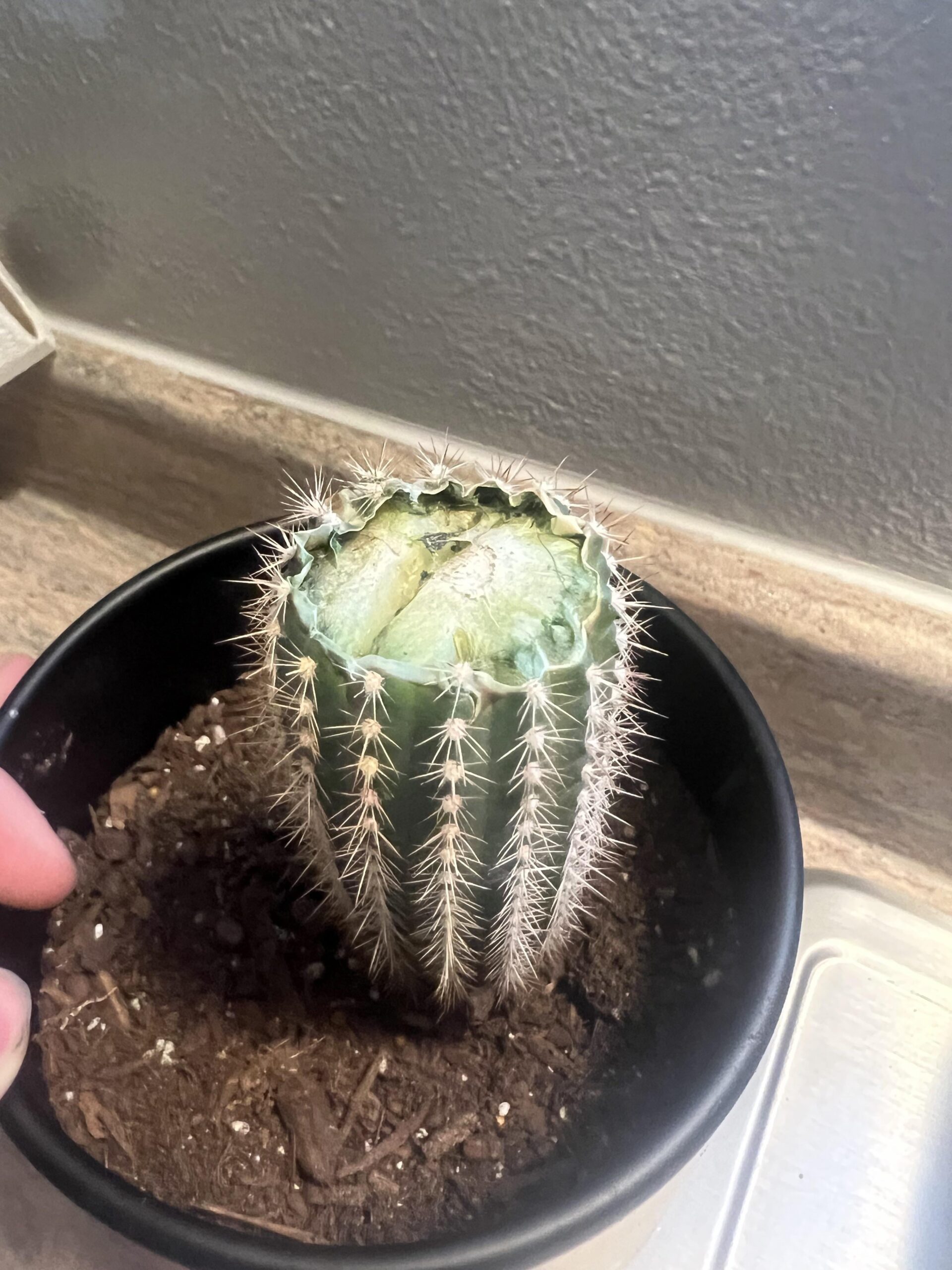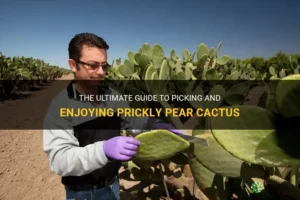Owning a cactus presents a unique experience, as these resilient plants possess an intrinsic beauty and can thrive in arid environments. However, even the hardiest of cacti can encounter mishaps, such as breaking in half. This unfortunate event can lead to distress among cactus enthusiasts. Knowing how to address a broken cactus can ensure its continued health and longevity. This guide comprehensively addresses the best practices for managing a cactus that has sustained damage.
Understanding why your cactus broke in half is the first step toward recovery. Cacti may break due to various factors such as improper care, environmental stressors, or physical trauma. Recognizing these causes will help prevent future mishaps. In addition to offering an overview of immediate actions to take, this article will explore potential propagation opportunities, effective care strategies, and long-term recovery measures.
Assess the Damage: Evaluating the Break
Before proceeding with any remedial actions, it is critical to evaluate the extent of the damage. Determine whether the fracture is clean or jagged. A clean break will provide better opportunities for healing and potential propagation.
If the fracture is clean, proceed with the following steps:
1. **Inspect for Rot**: Examine both halves of the cactus for signs of internal rot or discoloration. If rot is present, it may be necessary to cut away the affected areas before further action.
2. **Clean the Cut Surface**: If the break is clean, allow the ends to callous over. This process involves keeping the cuts dry and free from debris. You can expedite this process by placing the cactus in a dry location with ample airflow for several days.
3. **Use a Sterile Tool**: In cases where extra trimming is required, utilize a sharp, sterile knife or scissors to make any additional cuts, ensuring minimal trauma to the plant.
Handle with care, as cacti can harbor sharp spines. Using gloves or tools can help avoid injuries.
Reconnecting the Pieces: Options for Healing
Once you have assessed the cactus and allowed any cuts to callous, it’s time to consider your options. Depending on the severity of the break, you may choose to reattach the pieces or propagate them separately.
If the cactus is large and the break can easily be reattached, follow these steps:
1. **Align the Halves**: Position the two halves together, ensuring they make firm contact. It is important that they sit flush against one another to facilitate healing.
2. **Use a Support System**: For larger cacti, consider using a stake or a soft tie to hold the sections together while they heal. Avoid using anything too constrictive, as it could cause further damage.
3. **Water Sparingly**: After reattaching, refrain from watering for several weeks. Allow the cactus to heal in a dry environment to encourage callousing.
Propagating Broken Cactus Halves: New Beginnings
In scenarios where reattachment is not feasible or desired, propagation presents a viable option. Cacti exhibit remarkable resilience and can often thrive even after being severed. The following steps will guide you through the propagation process:
1. **Select a Healthy Portion**: Choose the healthiest section of the cactus, ensuring it is free of rot and disease. The base of the cutting should be intact and robust.
2. **Let It Callous**: As previously mentioned, allow the severed end to callous before planting. This step is critical, as it helps prevent issues such as rot when the cactus is placed in soil.
3. **Plant in Appropriate Soil**: Use a well-draining cactus mix to facilitate growth. Position the cactus cutting upright in the soil, burying only a small portion of the base to ensure stability.
4. **Provide Proper Conditions**: Place the newly potted cactus in a warm, bright location, but avoid direct sunlight for several weeks. Gradually introduce it to increased light conditions to encourage healthy growth.
Long-Term Care: Ensuring Future Health
Once you have addressed the immediate concerns surrounding your broken cactus, it is essential to develop a long-term care plan. Preventing future mishaps will require attention to several factors:
1. **Optimal Watering Practices**: Understand your specific cactus species’ watering needs. Over-watering can lead to rot, while under-watering may result in dehydration. Typically, allow the soil to dry completely between watering sessions.
2. **Light Conditions**: Ensure the cactus receives appropriate lighting. Most cacti prefer bright, indirect sunlight. Research your species to understand its specific light requirements.
3. **Consider Pot Size**: If your cactus exhibits consistent growth, consider repotting it into a larger container. A cramped pot can contribute to instability and increase the risk of breakage.
4. **Climate Considerations**: Protect the cactus from extreme weather conditions. High winds or heavy rain can pose threats to its structural integrity. If outside, provide some form of shelter or support if these conditions are expected.
In conclusion, while a broken cactus can be disheartening, it also serves as an opportunity for understanding and growth—both for your plant and your gardening skills. Whether you choose to heal or propagate, following these comprehensive steps will aid in nurturing your cactus back to health. Remember, patience is paramount in the recovery process, and proper care will ensure your cactus remains a thriving part of your collection.





Leave a Comment